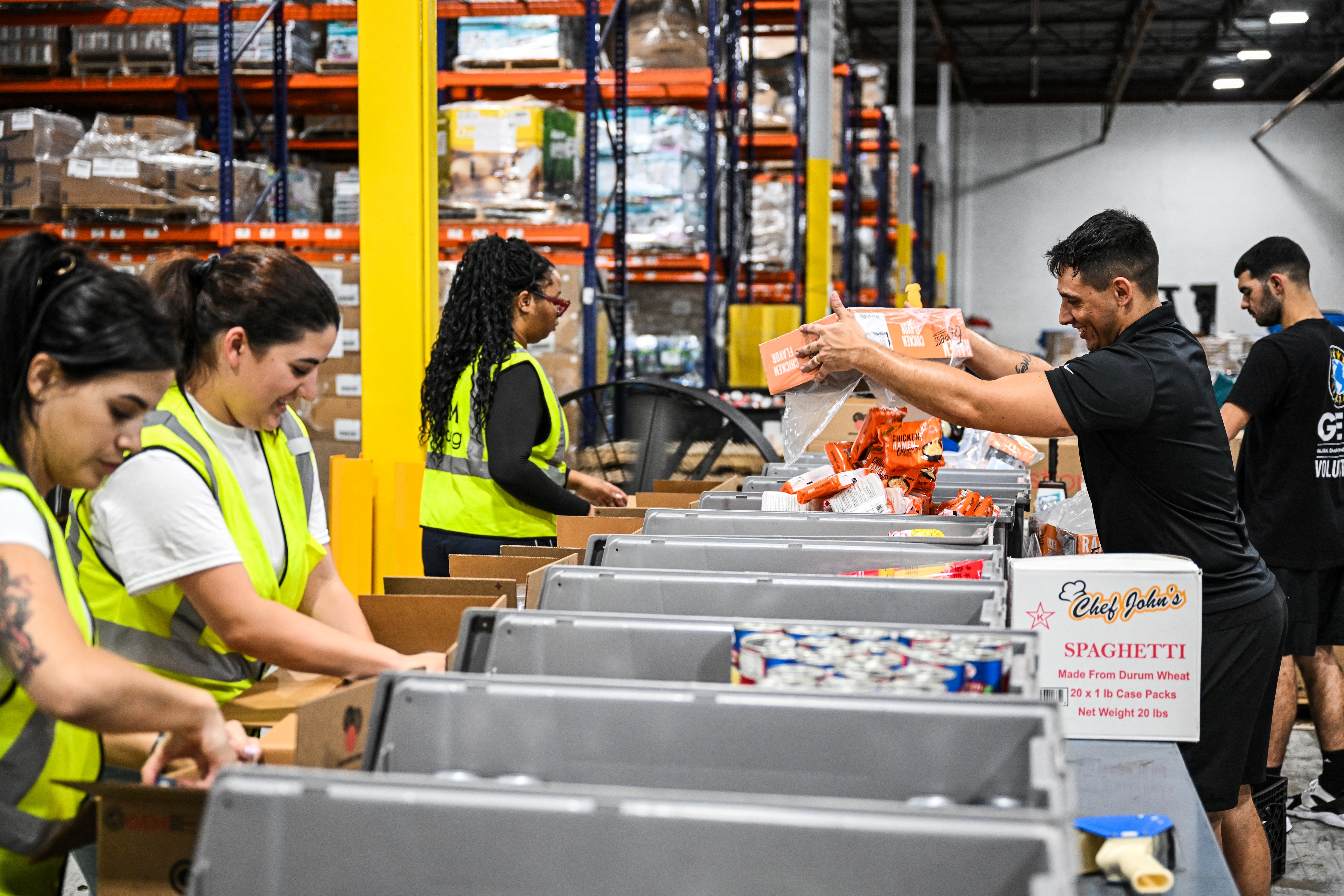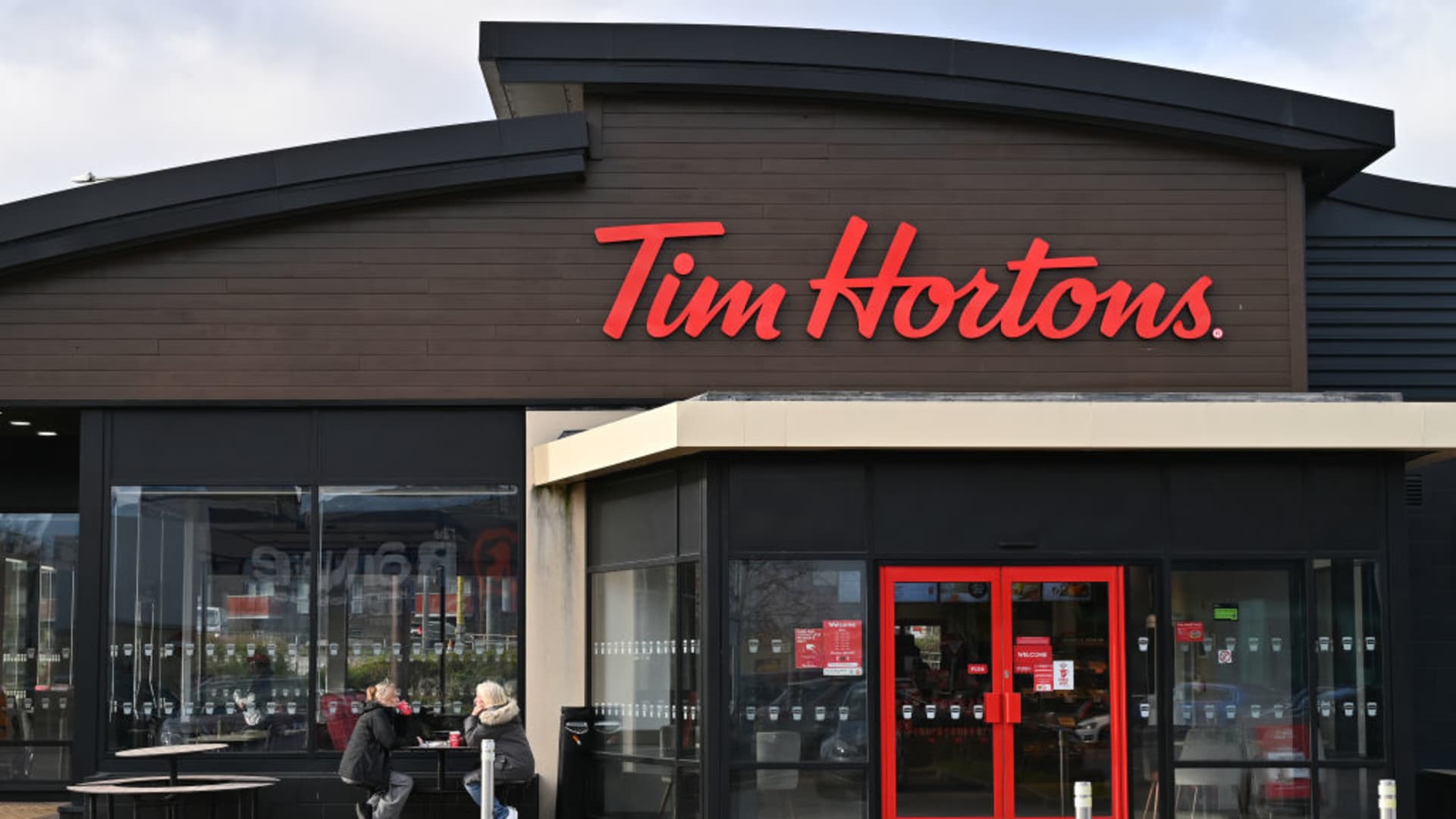DOJ prepares to send election monitors to California, New Jersey following requests from state GOPs

Traffic snarled as stoplights lay among piles of debris. Once-mighty trees and power lines in ruin on streets turned to rivers. Entire communities swept away by winds and floodwaters, according to satellite imagery.
Melissa left over 70% of Jamaica without power, Jamaican Telecommunications and Transportation Minister Daryl Vaz said at a news conference Thursday.
At least 82 roads on the island were closed as of Thursday morning, said Robert Morgan, the country’s infrastructure minister.
“A large percentage of the Jamaican public service facilities are lying on the road,” Morgan said. “The contractors cannot touch those power lines without the Jamaica public service company saying to us it is safe for us to do so.”
These are just some of the scenes of devastation Jamaica woke up to Thursday morning, 48 hours after Hurricane Melissa raged through the island nation as the most powerful storm in its history and one of the most potent ever recorded anywhere. The United Nations said the damage was on a level “never seen before.”
All three international airports in Jamaica have reopened, Vaz announced Thursday.
Cuba is also calculating the cost after the storm collapsed houses and blocked roads, with some 735,000 people spending the night in shelters, and the full extent of the damage is still unclear.
The monster storm had winds of up to 185 mph and killed at least nine people in Jamaica and 27 more across the Caribbean this week.
The storm was making its way to Bermuda on Thursday afternoon, where conditions will “rapidly deteriorate,” according to the NHC’s 2 p.m. update. The storm has greatly weakened to about 105 mph, making it a still-dangerous Category 2 storm capable of inflicting major damage. Melissa may bring an additional 1 to 2 inches of rainfall over parts of Hispaniola and is expected to bring 1 inch of rain to Bermuda on Thursday.
By Saturday, the storm will have lost its tropical characteristics — and its name — and become a strong post-tropical cyclone over the north Atlantic, making a beeline for St. John’s.
But for Jamaica and Cuba, the task of providing aid to affected communities and rebuilding starts now.
The urgent humanitarian challenge has prompted immediate responses from countries around the world and nongovernmental organizations alike after more than 400,000 people in Jamaica were directly impacted.
The State Department said it was sending a regional disaster assistance response team (DART) to the region, along with U.S.-based urban search-and-rescue teams.
However, one former and two current U.S. officials told NBC News on Wednesday that the response was delayed due to the government shutdown and the elimination of USAID. Previously, the DART team would have already been on the ground in Jamaica, the sources said, but instead missed the opportunity to travel ahead of the storm.
The U.S. nonprofit Project Dynamo is sending more than 3,000 pounds of essential aid to Jamaica in multiple aircraft, including water purification kits and medical supplies, under Operation Cool Runnings, a reference to the cult 1993 movie.
The U.N. World Food Program plans to deliver 2,000 emergency food boxes from Barbados as soon as flights resume to Jamaica, enough to feed about 6,000 people a week. “This is a terrible tragedy and there is a real sense of urgency here on the ground,” Brian Bogart, WFP director for the Caribbean, told the U.N.’s news service.
The American Red Cross said it was operating ambulances across Jamaica on Thursday, responding to emergencies in shelters and taking people to hospitals.
Jamaican Prime Minister Andrew Holness was in the hard-hit community of St. James on Wednesday, posting video of homes inundated with water and mud.
“Despite the difficulties, the Jamaican spirit shines through as a strong reminder we are a resilient nation with the capacity to triumph over adversity,” he said.
Video posted on X on Wednesday shows the streets of Santa Cruz, Jamaica, completely covered in mud.
In Montego Bay, Jamaica, a video posted on social media shows swaths of trees and power lines down. The city’s airport sustained what appears to be significant damage, according to the video on social media, with water pouring from the roof of a terminal.
U.N. Resident Coordinator Dennis Zulu told a news conference that Jamaica’s recovery would take at least months.
“I don’t think there’s any single soul on this island that was not affected by Hurricane Melissa, ” he said.
Jamaica is accepting donations to its official Hurricane Melissa Relief fund.
Flights to Caribbean nations have been suspended for the past several days. American Airlines said in a statement that it would resume flights in Kingston, Jamaica; Holguin, Cuba; and Providenciales, Turks and Caicos on Thursday. The airline added that it is assessing damage at several other airports, including in Ocho Rios, Jamaica; Montego Bay, Jamaica; and Santiago de Cuba, Cuba.
This story uses functionality that may not work in our app. Click here to open the story in your web browser.







